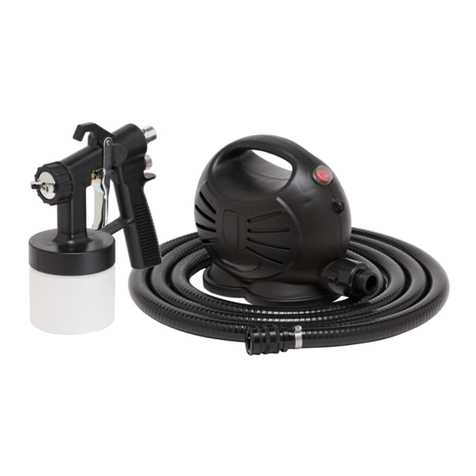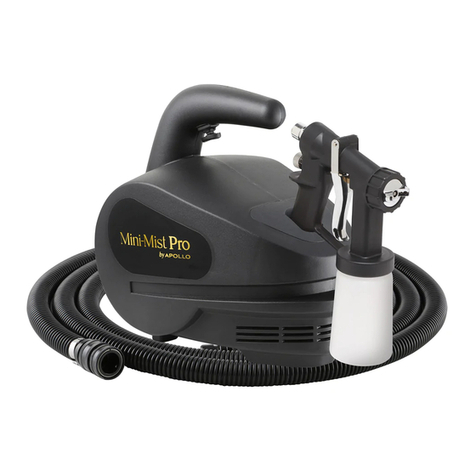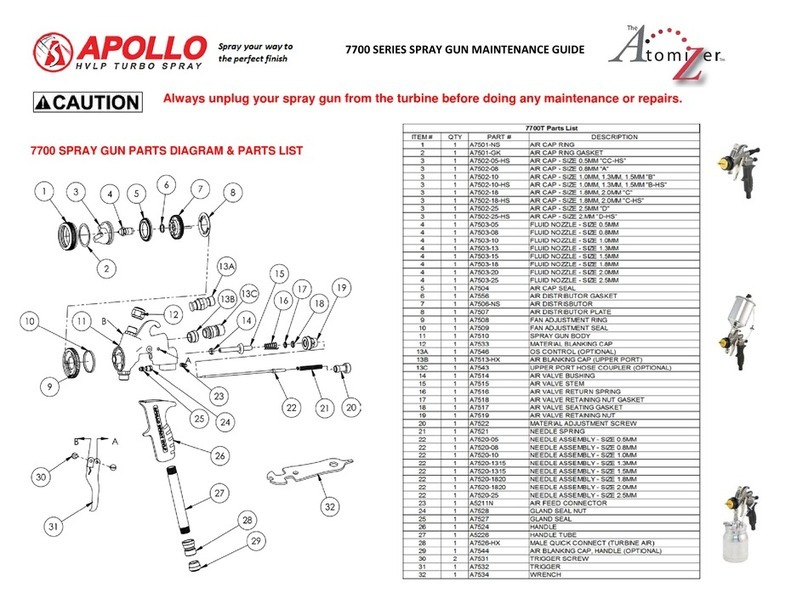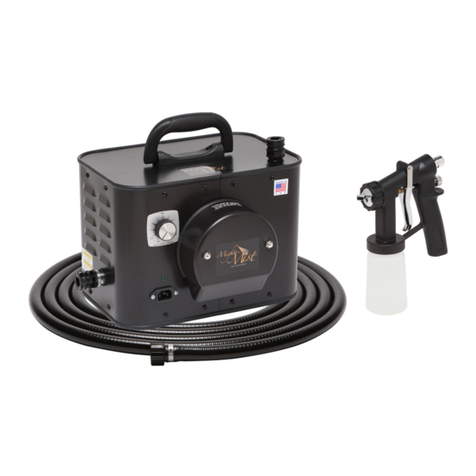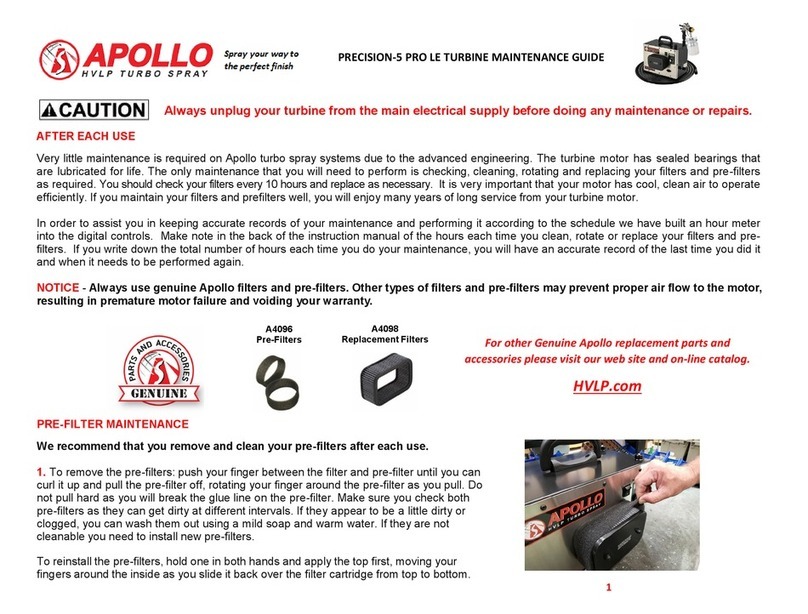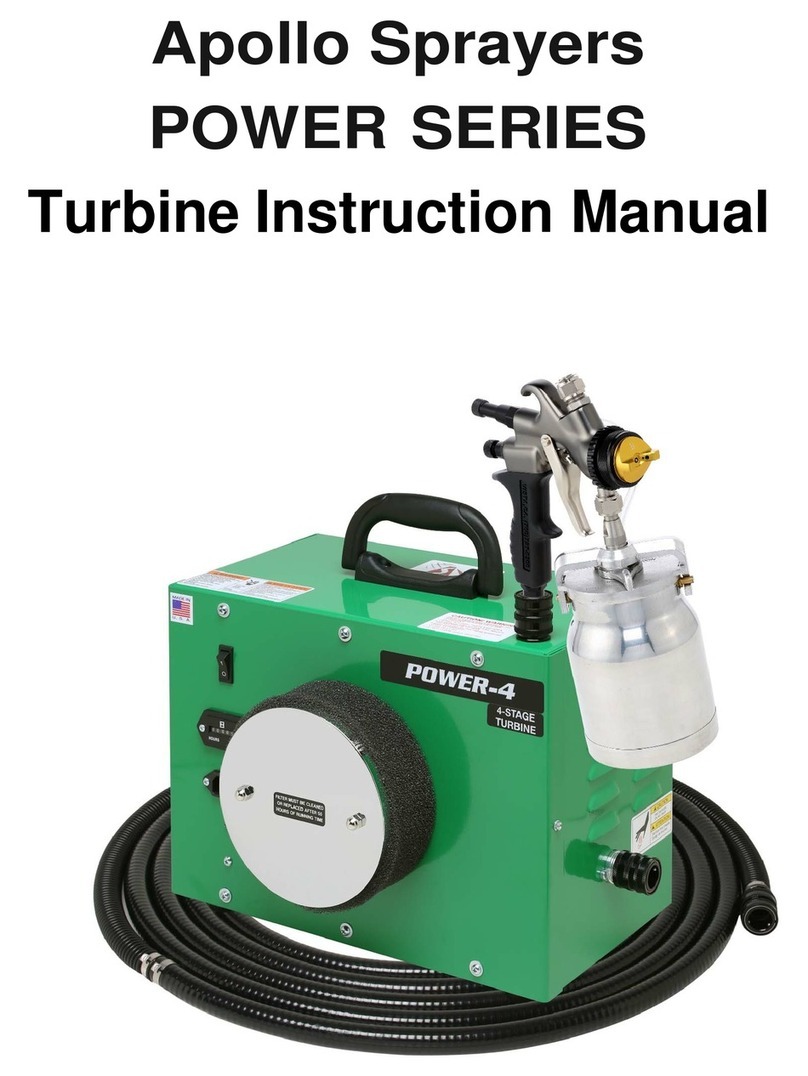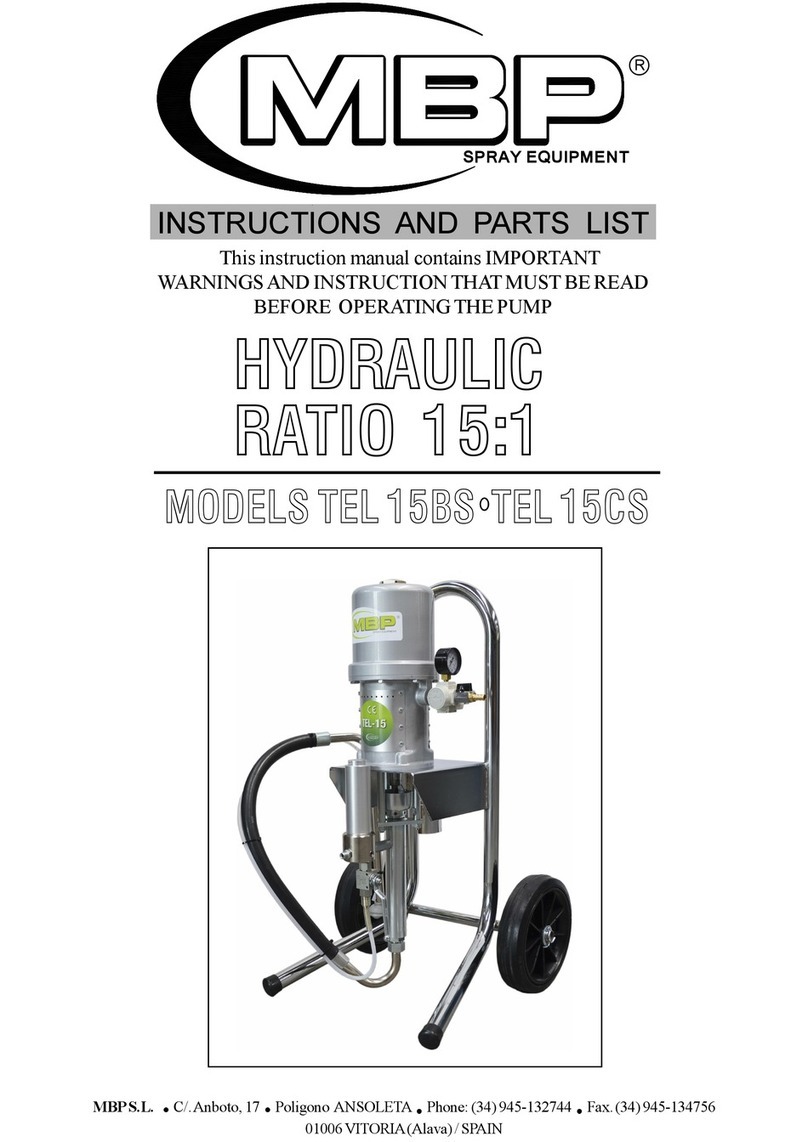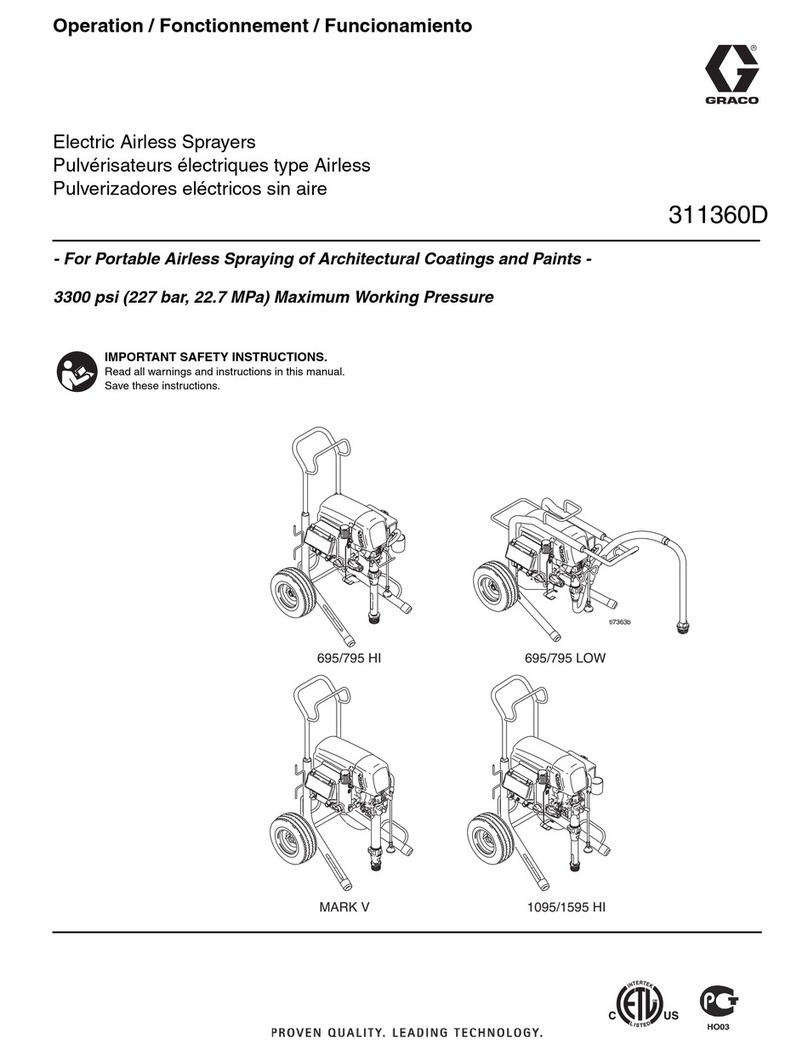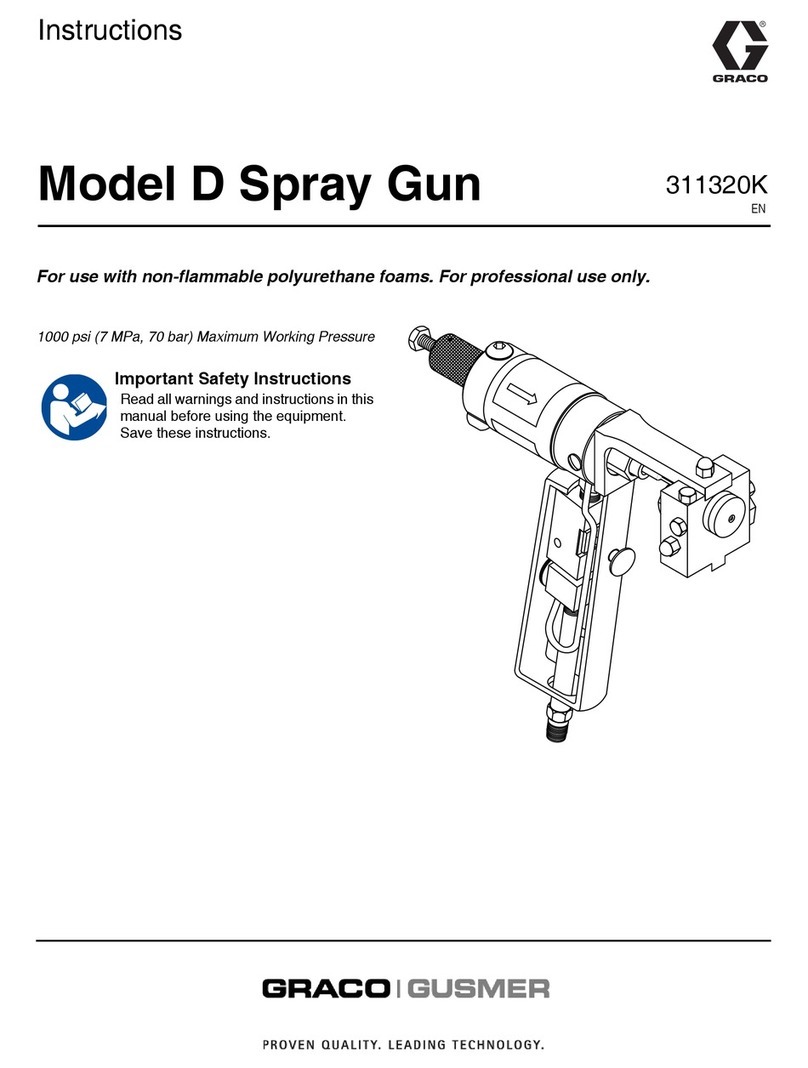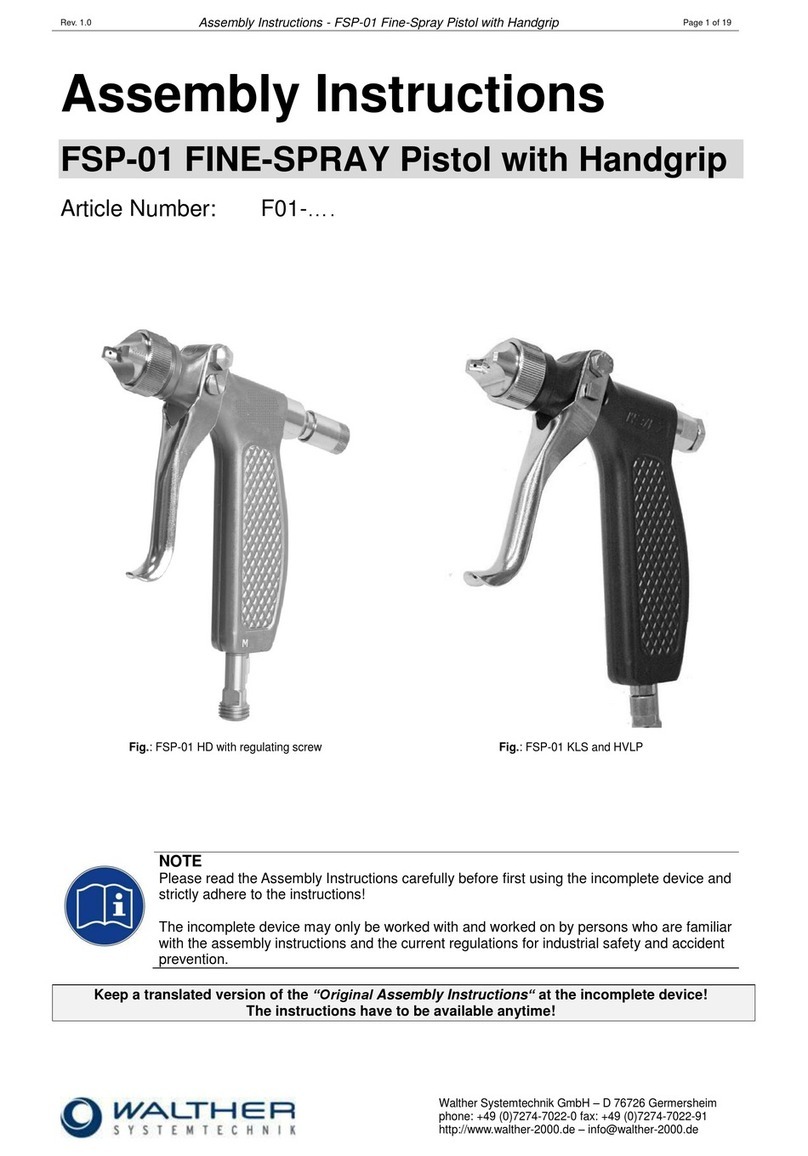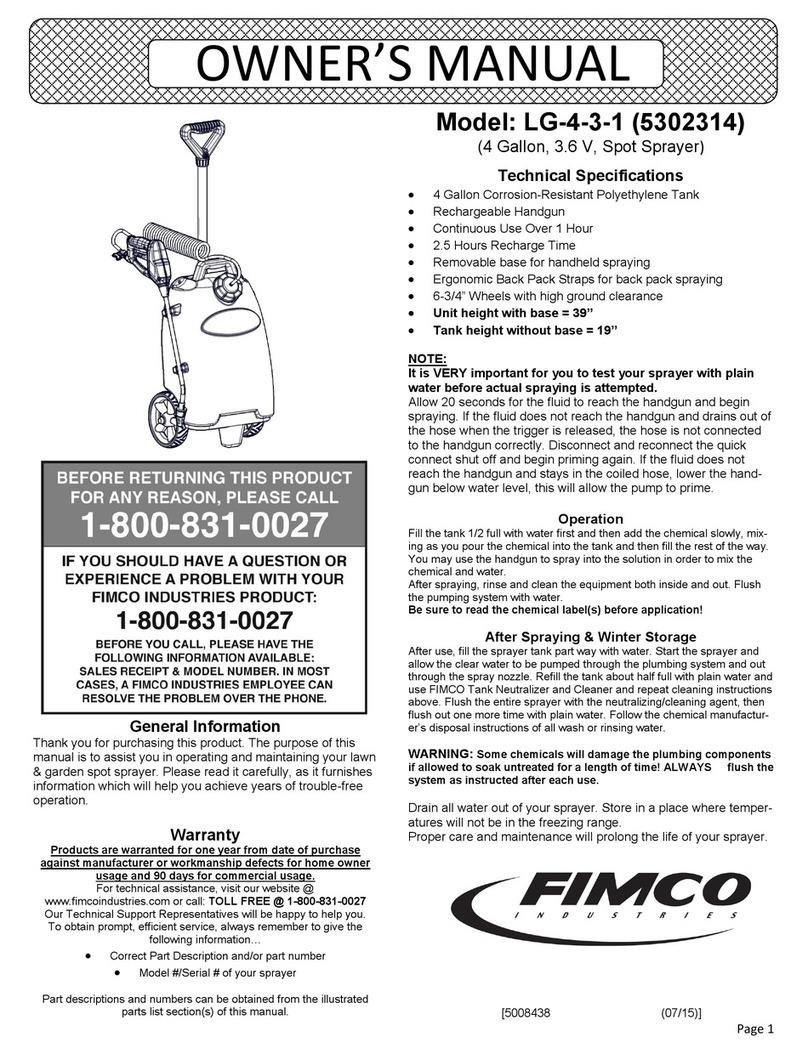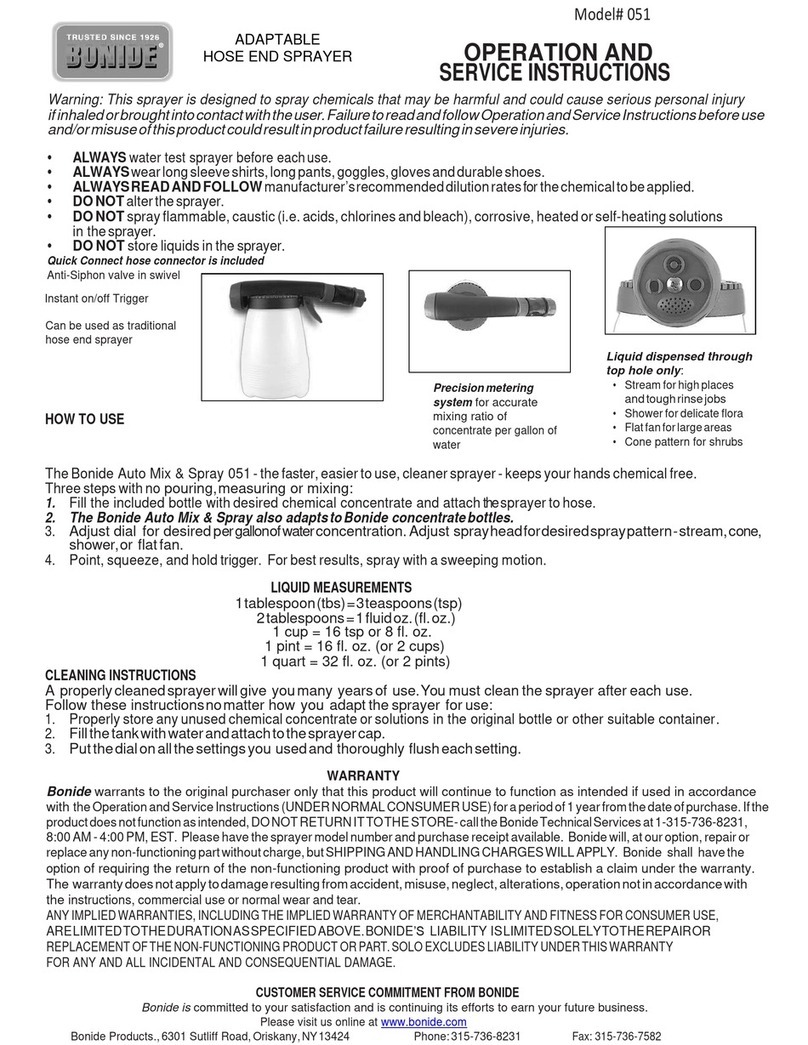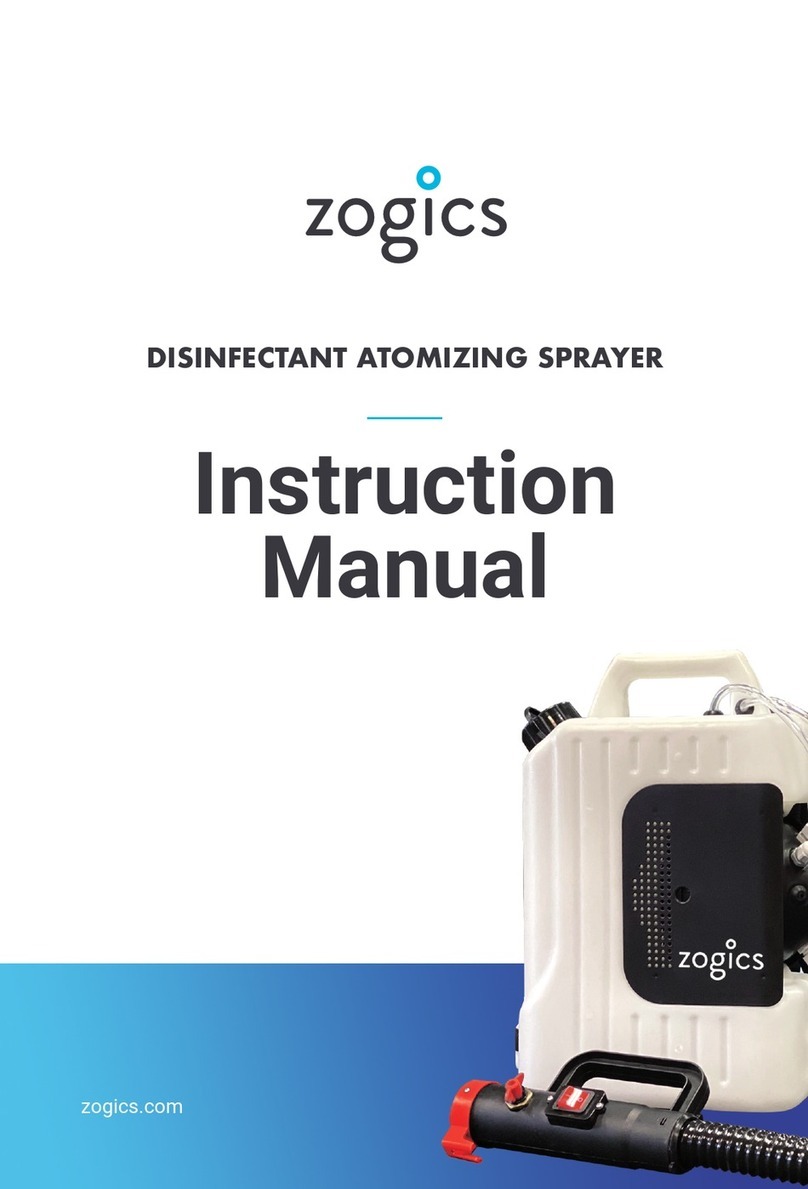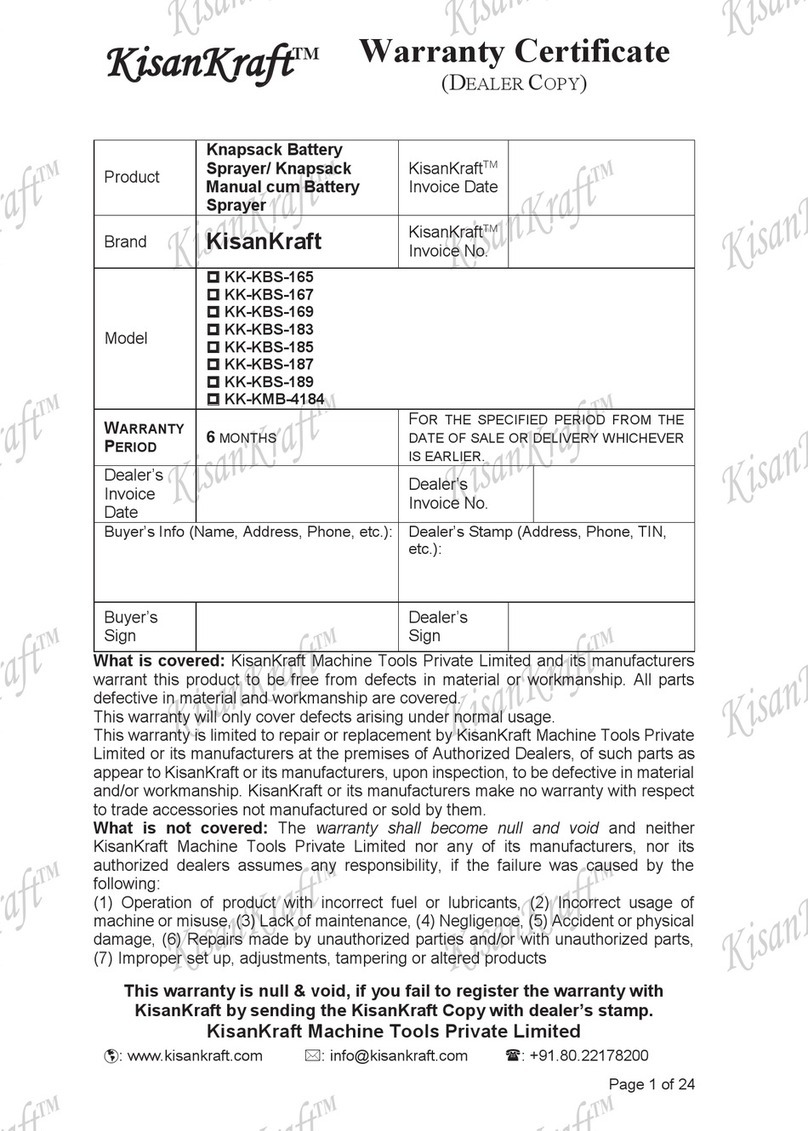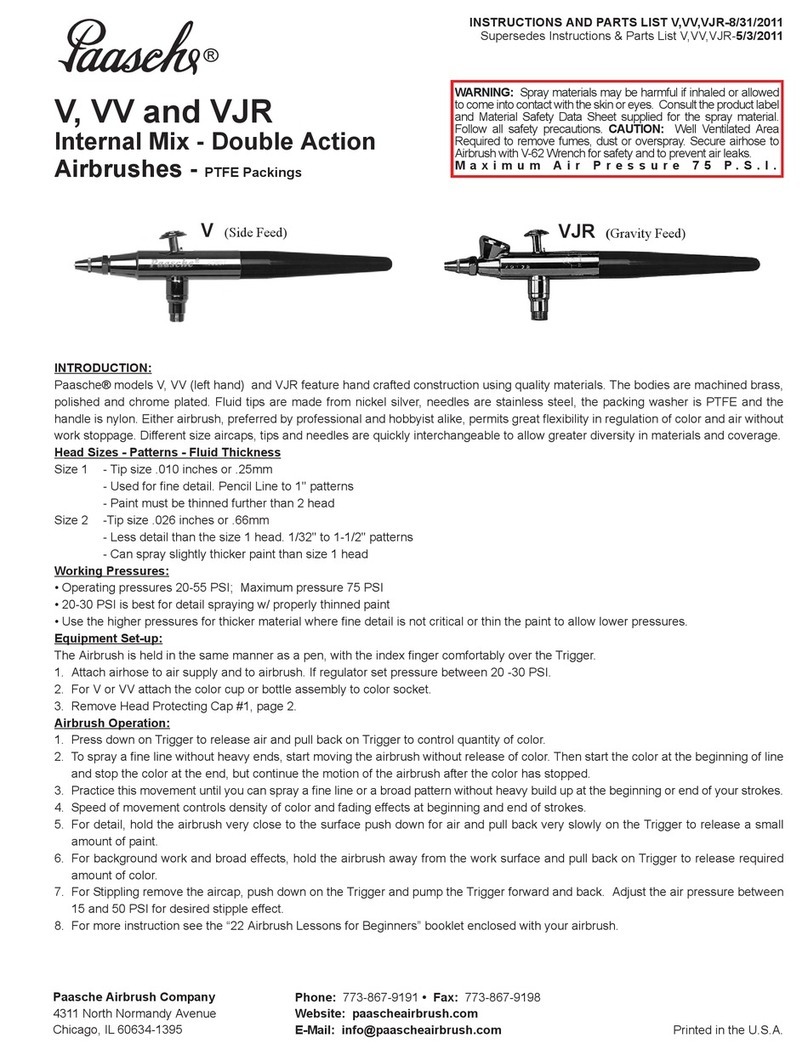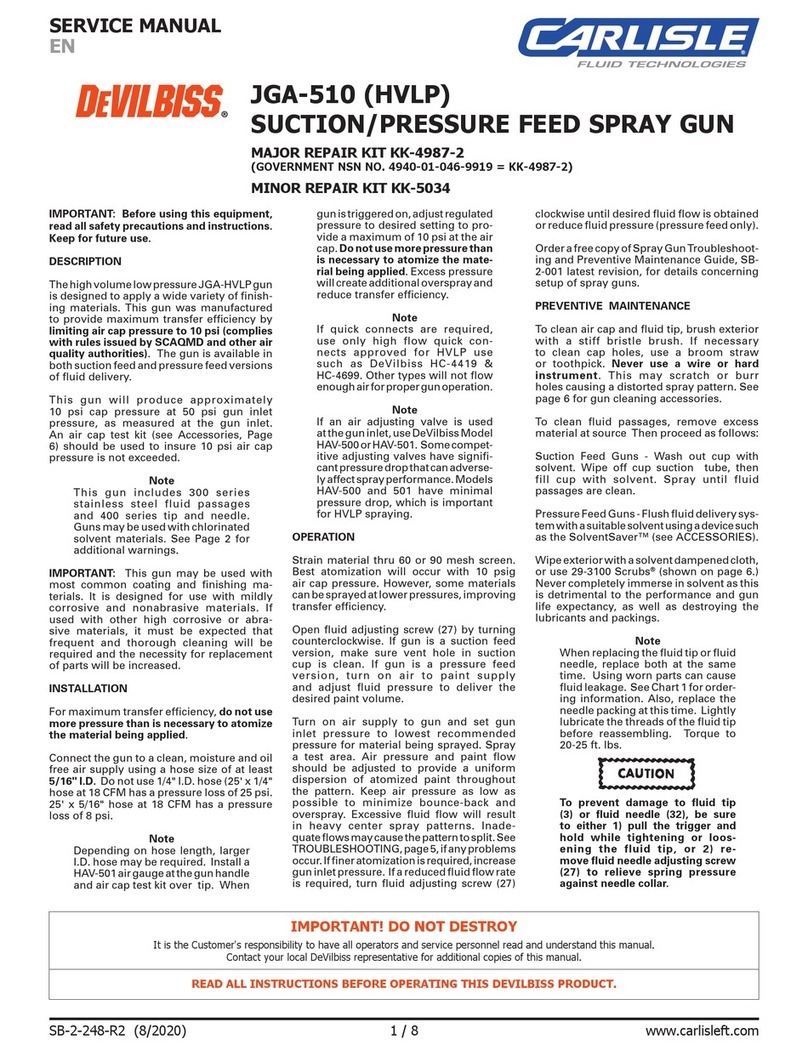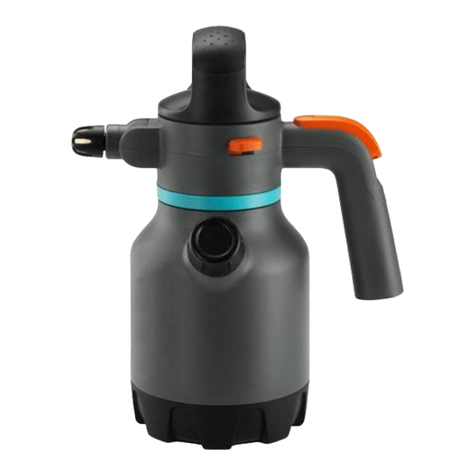
4 Know Your Coatings
4.1 Coating Properties
Coatings are a blend of resins and additives to create a product that will provide a protective and beautifying surface to
yo
ur
work piece. Different resins have different properties. It is important to use the correct coating to achieve a desired result.
Manufacturers of coatings can control the resin solids content, production viscosity, sheen, color, flow-out enhancement and
other properties. Some products offer ways to adjust the coating properties such as speeding up or slowing down the drying
time, adding catalysts to strengthen the molecular bond or adding flatting agents to lower the sheen. Manufacturers will
ofte
n
give some guidelines on how to thin their product for spray application. There are many different types of spray equipment in
use. Coatings manufacturers cannot address all of them. It is important for the finisher to understand the spray equipment
and to use common sense to arrive at the correct fluid viscosityto produce the best possible results with the selected coating
and the equipmentbeing used.
4.2 Your Choice of Coatings and Viscosity
Extremely thin, watery or light bodied fluids such as inks, aniline dyes and oil stains can generally be used straight from
t
he
can. RTS or Ready to Spray water-based finishing products are formulated to be used straight from the can without thinning
with a 3 stage or larger turbine. Most other coating products will need to be thinned anywhere from 10% to 50% depending
on the availableair pressureof the turbine model and the properties of the coating selected.(see chart below).
Chart A Turbine Performance
Low-MediumViscosityMaterials
Low-High ViscosityMaterials
Low-High ViscosityMaterials
Using Latex (Emulsion) Paint
Although your turbine spray system is best suited to spray Class A Finish coatings such as lacquers, enamels, urethanes,
varnishes, waterborne and water base etc., you can spray latex (emulsion) house paint if you follow a few simple rules.
First
, it
is generally necessary to thin latex (emulsion) paint. This will vary from as little as 10% to as much as 50% depending on the
model turbine you are using and the quality of the paint used. Second, it is necessary to use a larger nozzle and needle set
in the spray gun (2.0mm or 2.5mm). It is recommended that a latex (emulsion) paint conditioner like Floetrol®, be added to
aid flow-out.These products are sold at local paint stores.
Chart B Nozzle, Needle And Air Caps For 7500 & 7700 Series Spray Guns
Tip/NeedleSize
Application
Air Cap
Inks, Dyes, Stains,
extremely
thin
viscosity
fluids,
W
ater based finishes
1.0MM (.039) All purpose,thin lacquers,thin
enamels,W
ater basedfinishes, Automotive,
Marine, Airplane finishes
B
1.3MM (.051) All purpose,thin lacquers,thin
enamels,W
ater basedfinishes, Automotive,
Marine, Airplanefinishes
B
1.5MM (.059) Catalyzed lacquers, Conversion Varnish, Primers,
W
ater-based finishes,
Automotive,Marine, Airplanefinishes, Varnish, High Viscosity
IndustrialCoatings,Urethanes, Enamel
B or C
1.8MM (.070) Catalyzedlacquers,ConversionVarnish,Primers, Automotive,Marine, Airplane
finishes, Varnish, High ViscosityIndustrialCoatings, Urethanes,Enamel
C
2.0MM (.079) Thinned Latex (Emulsion)Paint, Multispec,HeavyPrimers, Butyrate, Nitrate
Dope, C High ViscosityIndustrialCoatings
C
2.5MM (.098) Thinned Latex (Emulsion)Paint, Multispec,Solvent
adhesives,W
ax based
D
